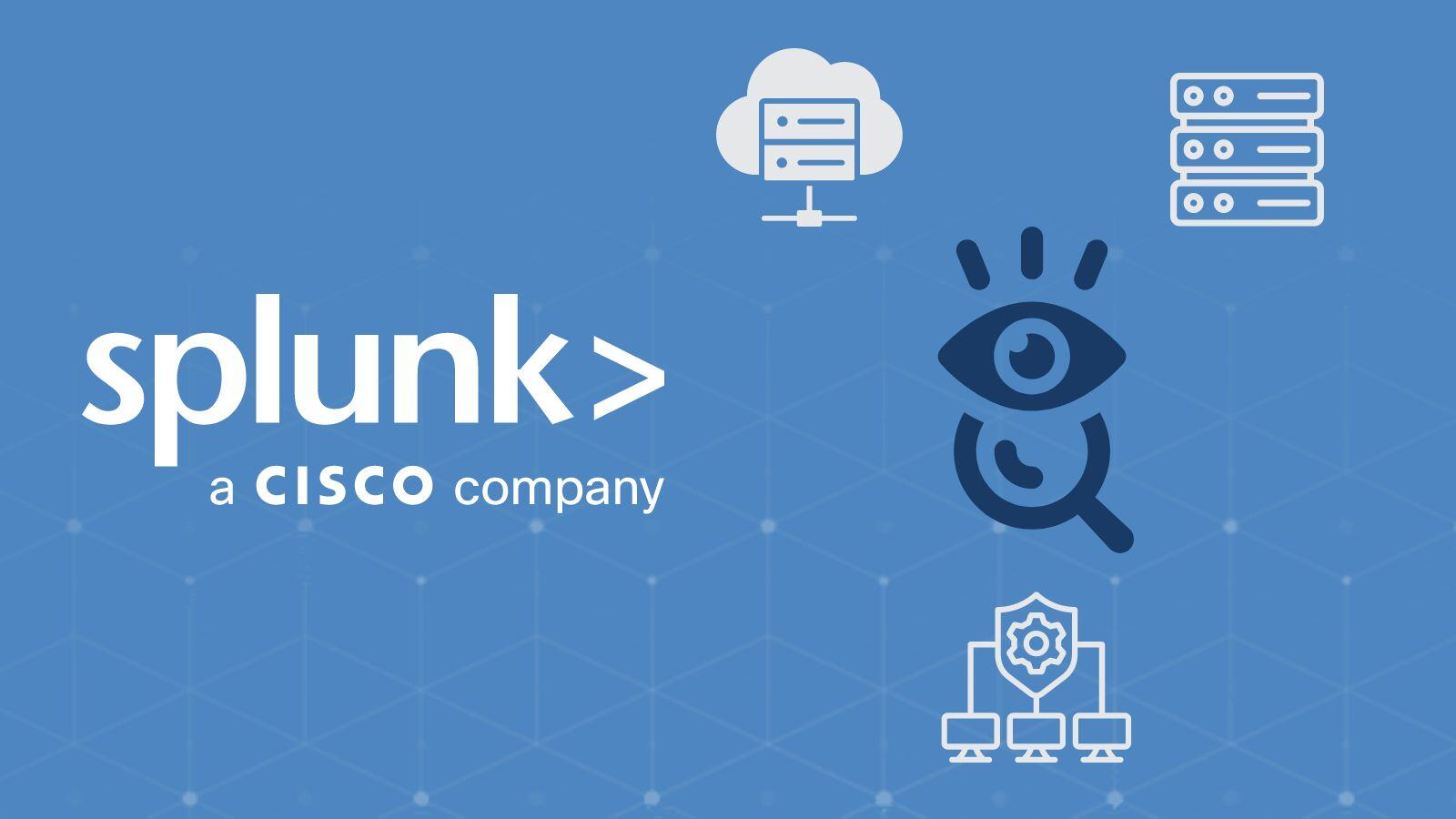Understanding How Splunk Fits into Full-Stack Observability (FSO) and Benefits Your IT Environment
In today’s complex IT landscape, ensuring optimal performance, security, and reliability across all layers of your technology stack is more crucial than ever. The emergence of Full-Stack Observability (FSO) has provided IT teams with a comprehensive view of their infrastructure, applications, and user experiences. But achieving true observability requires more than just surface-level monitoring—it demands a solution that can delve deep into your systems, offering actionable insights in real-time.
This is where Splunk comes into play. As a leader in data analytics and security, Splunk is uniquely positioned to enhance your FSO strategy, offering robust tools to monitor, analyze, and act on data across your entire stack. Let’s explore how Splunk integrates into FSO and the specific benefits it can bring to your environment.
What is Full-Stack Observability (FSO)?
Before diving into Splunk's role, it's essential to understand what Full-Stack Observability entails. FSO is the practice of monitoring and managing the performance, availability, and user experience of all components within your IT environment—from infrastructure and networks to applications and user interactions. Unlike traditional monitoring, which often focuses on individual components, FSO provides a holistic view, allowing IT teams to identify and resolve issues quickly and efficiently.
How Splunk Fits into FSO
Splunk’s capabilities extend far beyond traditional logging and monitoring. By integrating with FSO, Splunk enhances your ability to gain deep insights across all layers of your stack. Here’s how:
1. Comprehensive Data Ingestion and Analysis
Splunk excels at ingesting vast amounts of data from various sources, including logs, metrics, traces, and events. In an FSO framework, this capability is invaluable. It allows you to collect data from across your infrastructure, applications, and user interfaces, creating a unified view that breaks down silos and ensures no aspect of your environment is overlooked.
2. Real-Time Monitoring and Alerts
In the world of FSO, speed is critical. Splunk’s real-time monitoring capabilities enable you to track the health and performance of your systems as they happen. This means that as soon as an anomaly is detected—whether it’s a spike in latency, a drop in throughput, or an unexpected error—Splunk can trigger alerts, giving your team the precious time needed to investigate and mitigate issues before they impact users.
3. Machine Learning and Predictive Analytics
Splunk’s integration with FSO brings the power of machine learning and predictive analytics into the fold. By analyzing historical data, Splunk can help identify patterns and trends, allowing your team to anticipate potential issues before they escalate. This proactive approach not only minimizes downtime but also optimizes resource allocation, ensuring your systems are always performing at their best.
4. Enhanced Security Posture
In addition to monitoring performance, FSO must also consider the security of your stack. Splunk’s robust security analytics capabilities, such as anomaly detection, threat intelligence integration, and automated responses, are vital in maintaining a secure environment. By leveraging Splunk within your FSO strategy, you can ensure that your systems are not only running efficiently but are also protected against emerging threats.
5. User Experience Insights
FSO isn’t just about monitoring back-end systems; it’s also about understanding how users interact with your applications and services. Splunk provides detailed insights into user behavior, helping you identify bottlenecks or friction points that could impact the user experience. By optimizing these areas, you can enhance satisfaction and drive better business outcomes.
The Benefits of Integrating Splunk into Your Environment
Now that we’ve explored how Splunk fits into FSO, let’s look at the tangible benefits it can bring to your IT environment:
- Faster Incident Resolution: With real-time monitoring and predictive analytics, your team can quickly identify and resolve issues, reducing mean time to resolution (MTTR) and minimizing the impact on users.
- Improved Performance: By having a holistic view of your stack, you can optimize resource allocation and ensure that all components are running smoothly, leading to better overall performance.
- Stronger Security: Splunk’s security features help you detect and respond to threats faster, keeping your environment safe from potential breaches.
- Better User Experience: Understanding user behavior allows you to fine-tune your applications, improving the user experience and driving customer satisfaction.
- Operational Efficiency: With comprehensive data at your fingertips, you can make informed decisions that improve efficiency and reduce operational costs.
Why You Should Consider Implementing Splunk for Your FSO Strategy
Incorporating Splunk into your Full-Stack Observability strategy is a game-changer for any IT environment. By providing a comprehensive, real-time view of your entire stack, Splunk enables you to monitor, analyze, and optimize your systems like never before. The result is a more resilient, secure, and performant IT environment that not only meets the demands of today but is also prepared for the challenges of tomorrow.
By embracing Splunk as part of your FSO journey, you’re equipping your team with the tools they need to ensure your environment is always running at its best providing the foundation for sustained success in an increasingly complex digital world. IE can help guide your implementation needs, additionally we can offer keen insight into the Splunk platform as well as expert-level support.
About Derrick Whisel
Derrick Whisel has worked in IT for over 20 years, with extensive experience in project engineering, management, scoping, budgeting and design. He began his career in the military, and after being honorably discharged as an IT2 Second Class Petty Officer, moved into the private sector where he now works as a Senior Technical Advisor for Security Solutions here at Internetwork Engineering.





